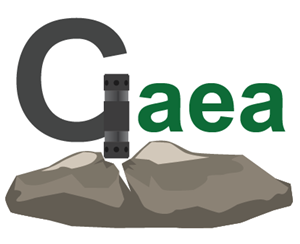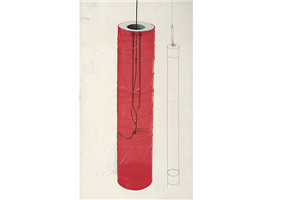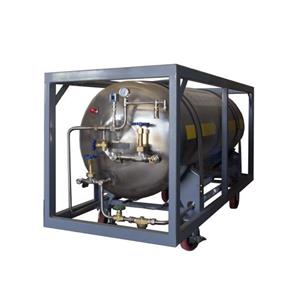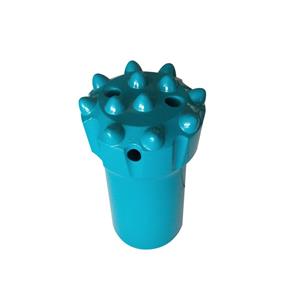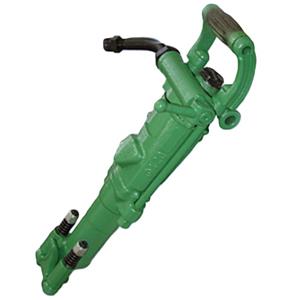Rock Drilling Rig Drilling and Maintenance — Complete Guide
As the key equipment for drilling operations, the correct operation and proper maintenance of a rock drilling rig directly affect productivity, safety, and equipment life. Strictly following operating procedures and carefully managing operational and maintenance details are essential to avoid problems and ensure quality. This article summarizes the critical technical points in two areas: setting drilling parameters and drilling operation, and drilling‑rig maintenance.
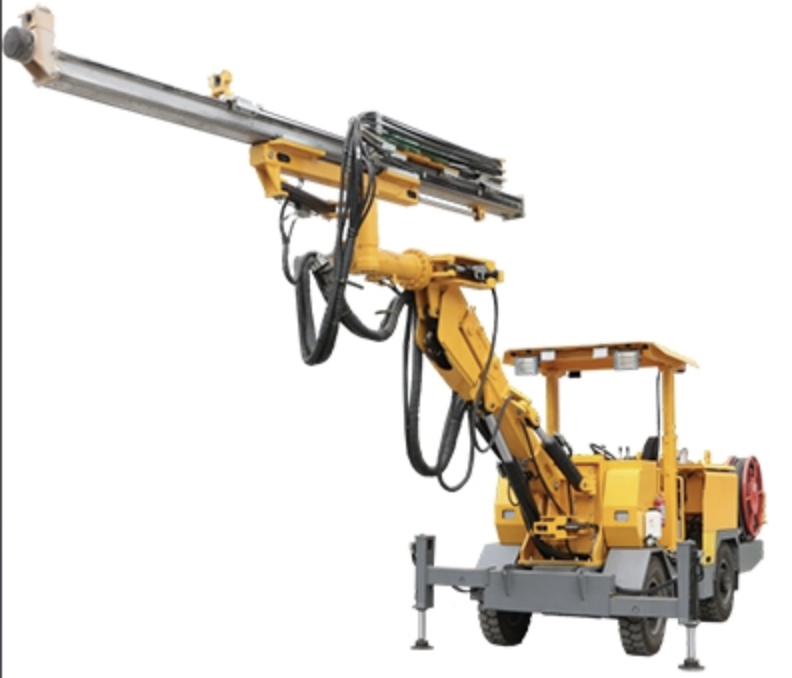
Setting drilling parameters: precise control to improve performance Reasonable parameter settings are the basis for ensuring hole quality and extending the life of wearing parts. Parameters must be adjusted dynamically according to rock properties and operational feedback. Key techniques:
Match basic parameters scientifically Follow the principle of “rock compatibility and dynamic optimization.” The driller selects impact pressure according to rock hardness, matches drilling speed to impact frequency and bit diameter, and sets feed pressure to ensure smooth, stable rotation. If parameters are wrong and the shank life shortens, gradually reduce impact pressure until rotation stabilizes. The temperature of the shank coupling sleeve is a direct indicator of parameter suitability: with water flushing, the coupling sleeve temperature should be about 40°C; with air flushing, about 60°C. Check this temperature immediately after starting the hole and adjust parameters accordingly.
Dealing with looseness during drilling Coupling sleeve looseness during drilling is a common issue not always caused by drilling parameters. The core remedy is to increase friction between the bit and the hole bottom. This can be achieved by increasing feed force, raising rotation speed, or switching to a more suitable drill bit to keep connections tight during drilling.
Operation and maintenance: follow procedures to avoid risks Standard drilling procedures and timely maintenance are key to preventing equipment damage and accidents. Pay attention to the following:
Core drilling operation rules
Fix the feed beam position: the feed beam must bear firmly against the rock while drilling; any displacement is prohibited. If the feed beam moves, bending stresses can occur and, in extreme cases, cause drill‑rod breakage and safety incidents.
Strictly control when to enable the impact function: do not switch on the rig’s impact mode before the feed beam and bit contact the rock; never allow the rig to deliver impacts while running in air, as this will damage the bit and loosen connections.
Stage the impact mode: use low‑impact mode for hole entry. It is recommended to switch to high impact only after the bit has drilled to about 200 mm depth, to avoid excessive impact that can damage the hole mouth or the bit.
Ensure sufficient flushing medium supply: keep the flushing medium supply as continuous as possible and open its supply valve promptly. If the flushing medium is turned on too late, stuck rods or blocked bit flushing holes may occur.
Keep the shank clamp closed and check clearances: the shank clamp must remain closed during drilling; also inspect the clearances between the sleeve and the drill rod and between the sleeve and the shank clamp. Replace worn sleeves promptly.
Adjust impact force to match the rock: vary impact force according to actual rock conditions. For soft or friable rock, reduce impact pressure to prevent hole collapse or equipment overload.
Key points for rig maintenance Regular inspection and replacement of the shank sealing gasket are central to maintenance. A damaged seal will allow lubricant to leak away, rapidly wearing the shank drive sleeve and the shank itself, increasing repair costs and downtime. Therefore, check seals before starting work and during breaks; replace immediately if damaged.
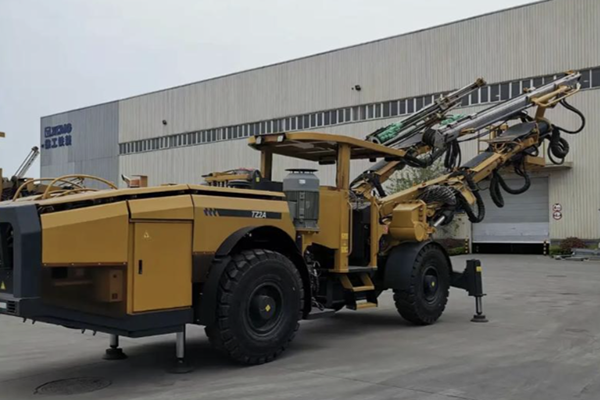
In summary, efficient drilling with a rock drilling rig depends on a three‑pronged approach: precise parameter setting, standardized operational execution, and timely maintenance. Turning these technical points into routine practices is the only way to maximize equipment performance and ensure safe, high‑quality construction.
